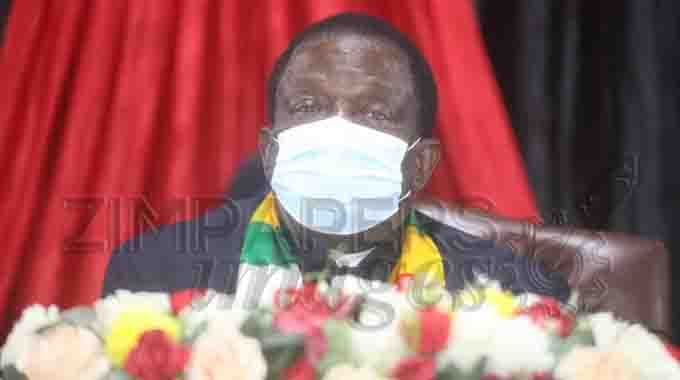SADC targets to cut coal use to reduce carbon emissions

Sifelani Tsiko Agric, Environment & Innovations Editor
The Southern African Development Community (SADC) flagged recently that it is targeting to reduce coal use for electricity generation at power plants in a bid to lower greenhouse gas emissions in line with global commitments set under the Paris Agreement.
Dr Thembinkosi Mhlongo, SADC deputy secretary for regional integration said this during a meeting he held recently with Ms Yuka Fujino, the Chargé d’affaires of the Japanese embassy in Botswana.
He said the 16-member regional bloc is developing the Regional Gas Masterplan to promote the use of abundant gas reserves in the region to reduce its reliance on coal and fulfil global commitment to decrease carbon emissions and maintain global temperatures below 1.5° Celsius.
The meeting discussed the Eighth Tokyo International Conference on African Development (TICAD-8) set to be held in Tunisia from August 27 – 28 this year as well as other issues of mutual interest to the two parties.
SADC countries are expanding solar energy generation output in order to increase the region’s power generation capacity, spur social and economic activity while also reducing the region’s carbon footprint.
Most countries in the region still have coal-based power stations which constantly face technical problems affecting electricity production.
SADC is working towards increasing power generation and transmission to surpass the 3,595 megawatts (MW) out of a targeted 4,000MW.
The SADC region has vast energy potential from solar, wind, nuclear, hydro, thermal, gas and petroleum sources found in the region.
Electricity in SADC is generated mainly through thermal or hydroelectric resources. The coal industry so far is the backbone of power generation in the region which has vast coal resources.
More than two – thirds of all the electricity produced in the region comes from coal-fired plants according to a 2016 SADC energy monitor report.
At least 86 percent of South Africa’s total generation capacity of 44,170MW (as of March 2015) came from coal-fired plants, while 82 percent of Botswana’s electricity was produced from coal and 63 percent for Zimbabwe.
South Africa accounts for more than 83 percent of the total regional electricity production, followed by Mozambique, Zambia and Zimbabwe.
The SADC region is becoming a key player in the international trend towards development of renewable energy resources and energy efficiency. Renewables now account for 23.5 percent of generation.
There is huge untapped renewable energy potential in the 16-member region.
Current potential hydro resources in the region amount to just under 41 000 MW. Installed hydro capacity is just under 12 000MW, representing about 21.5 percent of total electricity capacity.
Of this 97.6 percent is large-scale hydro.
Biomass – for electricity generation and industrial heating – is growing. The potential for biomass-generated electricity in the region is estimated at 9 500MW, based on agricultural waste alone.
SADC countries aim to increase renewable energy contribution to electricity supply by 29 percent in 2030.
Electricity production in southern Africa continues to fall short of the level needed to support both household and commercial needs.
SADC member states agree that regional cooperation and integration in energy planning and development could help to tackle this issue and unlock the potential for economic development in the region.









Comments